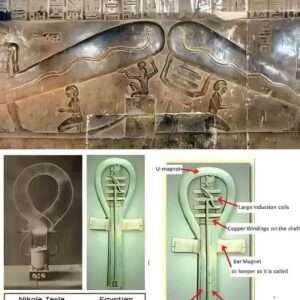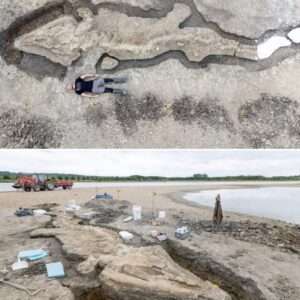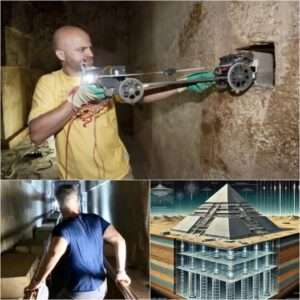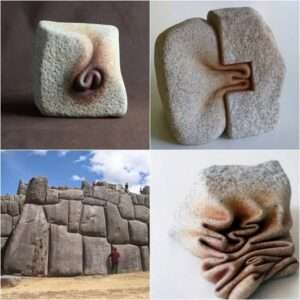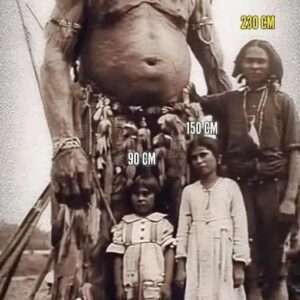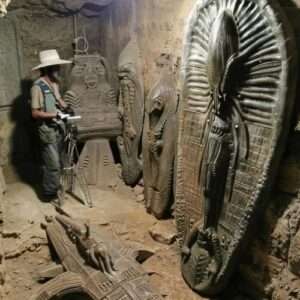In August 2023, a team of archaeologists made a remarkable find during their excavation at the Templo Mayor in Mexico City. What they uncovered was an extraordinary Aztec stone chest that housed a collection of 15 anthropomorphic figurines, a revelation that left the researchers in awe.
Delving deeper into their analysis, the researchers made a significant connection – the figurines were traced back to the Mezcala people, a civilization that flourished between 700 and 200 BC in present-day Guerrero, Mexico. This unexpected link between the Aztecs and the ancient Mezcala people shed new light on the interconnectedness of Mesoamerican cultures.
The discovery of Mezcala figurines within the Aztec temple complex suggests a level of cultural exchange and reverence for the past that was previously unknown. It implies that the Aztecs not only acknowledged the existence of earlier civilizations but actively sought to preserve and repurpose historical artifacts, possibly as a means to pay homage to their ancestors’ heritage.

This find challenges our previous understanding of the Aztec civilization, revealing a more intricate relationship with the diverse cultures that preceded them. It raises questions about how different Mesoamerican societies interacted and influenced one another, shaping the region’s rich tapestry of history and traditions.
As we continue to unravel the mysteries of the ancient world through archaeological excavations and research, discoveries like the Mezcala figurines at Templo Mayor serve as poignant reminders of the enduring legacy left behind by our forebears. They provide us with glimpses into the past, offering insights into the cultural practices, beliefs, and connections that bound together the diverse peoples of Mesoamerica.
In essence, the unearthing of the Mezcala figurines within the Aztec stone chest is a testament to the profound cultural heritage of the region and the intricate web of influences that shaped its history. It underscores the importance of preserving and studying these artifacts to gain a deeper understanding of our shared past and the complexities of human civilization.
